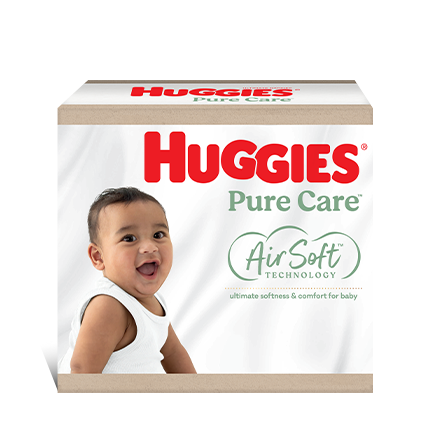The best way to teach children about gardening is for parents to show the way by gardening themselves. Try to make gardening a family activity. It is curious how many families will take a great deal of trouble to make sure that responsibility for domestic household chores is not gender related, but are content to have outdoor activities such as gardening seen as something that ‘only dads do’.
Children who are given responsibility for some potted plants are able to learn valuable lessons about nurturing other living things. Younger children are seldom successful in maintaining their own part of the garden – their enthusiasm rarely lasts for the required length of time – but a few potted plants are far less of an overall commitment. It is important that the basic equipment is at hand – hat, sunscreen, trowel (lightweight but sturdy), pots, potting mix and a small watering can – before the fun can begin.
Flowering annuals may be the best plants to grow in a pot. Because they don’t last all that long, a child can have a break at the end of the season and come back to gardening further down the track. It is desirable, however, that children realise that these plants are only short-lived so they are prepared for the plant to come to the end of its life. Choose plants with lots of colour, like petunias; hardiness, like marigolds (although some children don’t like their smell); good smells, such as sweet peas; and shade tolerance, like impatiens. Nasturtium seeds are relatively easy to handle and the plants are also relatively easy to cultivate. They make a good choice for container growing or garden beds.
If it is difficult to grow a pot outdoors, hardy indoor plants can be placed in a well-lit spot, out of direct sunlight, in a child’s bedroom and even given a name. Boston Fern (Nephrolepis exaltata) or African Violets (Saintpaulia) are good choices. Teach the child to judge when the plant needs watering by feeling the top of the potting mix, or by using a self-watering pot. Make sure that the water can drain away and that the roots are not sitting in moisture all the time. If necessary, put a layer of fine pebbles in the saucer – this will raise the base of the pot above the residue of water in the saucer.
Feed the plant during the growing season with a long-lasting, controlled-release fertiliser such as Nutricote, however be aware that fertilisers are dangerous if ingested, so avoid this if the plant is in the reach of small children.
_This information has been kindly supplied by Yates Australia.
The Yates website has a great section on
Gardening and Kids, worth checking out.
For more comprehensive information on gardening, water conservation and much more visit the
Yates website or you can join the
Yates Garden Club for free advice, competitions and promotions._
For more information see Gardening with kids or Parenting .
Last Published* May, 2024
*Please note that the published date may not be the same as the date that the content was created and that information above may have changed since.





















